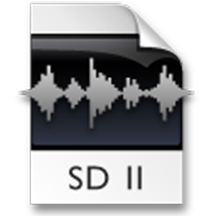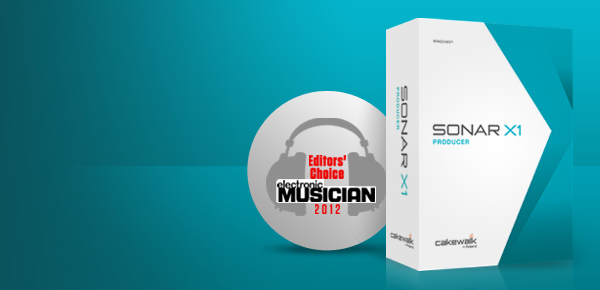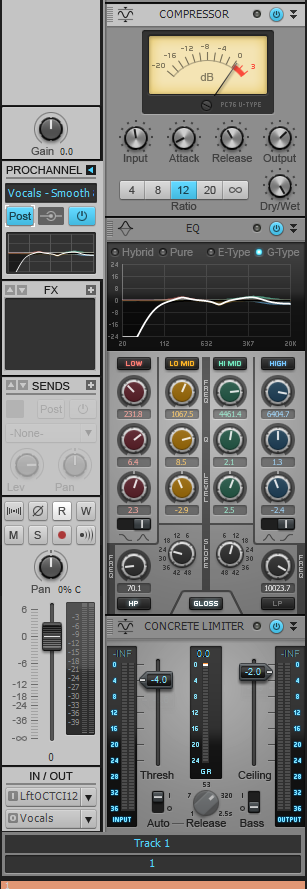 With so many different file formats from digital recording over the last 20 years, sometimes one can be left in a tough predicament trying to get things to work properly. I was one of those people just recently, so I want to share my experience hoping that I will save someone an afternoon’s worth of conversion work some day.
With so many different file formats from digital recording over the last 20 years, sometimes one can be left in a tough predicament trying to get things to work properly. I was one of those people just recently, so I want to share my experience hoping that I will save someone an afternoon’s worth of conversion work some day.
Old Pro Tools, Digital Performer and Logic programs used a file knows as the .SD2 “Sound Designer File.” Now if you are like me, you’re always looking for more “sounds.” Recently I came across a drive that contained killer drum sessions from a record I did at Longview Farms studios a while back. I knew there were awesome live drums recorded with the best mics and pres along with a slamming drummer. I jumped on my old Mac, mounted the drive and copied 1.5 gigs of raw SD2 files onto a thumb-drive.
Next, I plugged the thumb drive into my HP workstation and copied the files onto the machine. To my surprise, when I tried to import the files into SONAR X1 it would not work. My next logical move was to rename the files with the “.sd2” extension. After going through this procedure the icons switched into a recognizable symbol, so I was sure that this was the winning formula; but again, the files failed to load. This time I even got an error message that came along with the grief.
After searching for a remedy I knew I had a problem as most of the help forums read something like this:
I would like to convert some old drum tracks (an album’s worth recorded some time back) from mac sd2 files over to wave files so I can use them in pro tools on pc. Nothing – and I mean NOTHING – I do seems to work.
I tried:
1. Importing the sd2 files in pro tools on the pc but it won’t read them
2. Exporting them as wave files on the mac but pc won’t recognize them
3. Bouncing them as wave files but pc won’t recognize them.
So, after doing a lot of research I found out a few things about the SD2 format in conjunction with the PC:
1.) If you try to copy SD2 files from a Mac to a PC on an incorrectly formatted drive, the header info is lost along with something known as the resource fork (structured data within a file on a Mac.) This basically corrupts the file when going from Mac to PC formats.
2.) By copying files onto the transferring disk that is formatted in FAT file system, the information in the files can be converted after being copied onto a PC.
3.) You need a trustworthy converter.
 Here is exactly how I successfully converted old SD2 files on a Mac onto my Windows 7 HP workstation:
Here is exactly how I successfully converted old SD2 files on a Mac onto my Windows 7 HP workstation:
- Formatted the transferring thumb-drive so it had the FAT File System
- Copied the files onto the thumb-drive and then transferred them onto my PC
- Renamed all the new files on my PC with the .sd2 file system
- Downloaded and installed a small program called SDTwoWave
- Opened the program.
- Corrected some of the names of the files as they ended up with bad Characters from the transfer.
- Selected the files to be converted in SDTwowav: “SRC” button.
- Created a new destination folder on my hard drive and chose it with the “DST” button in the SDtwowav program.
- Batch processed all the files.
- Went back in and deleted the old SD2 files.
At this point, SONAR X1 recognized and imported the new .wav files with no problem and I had some killer new (0ld) multi-track drums to utilize.
First-Class Upgrade Promotion
From June 1st to June 30th, when you buy or upgrade to SONAR X1 Producer, Cakewalk will automatically bump you up to the flagship version, SONAR X1 Production Suite. Just purchase SONAR X1 Producer from any retailer or upgrade at the Cakewalk Store, and Cakewalk will take care of the rest. Just register your purchase at www.cakewalk.com/register, and you will receive email instructions on how to get your first-class upgrade to SONAR X1 Production Suite.
 Our friends at Roland Australia are big fans of SONAR X1. They asked us to share the post below on how to improve your workflow by knowing your Key Bindings.
Our friends at Roland Australia are big fans of SONAR X1. They asked us to share the post below on how to improve your workflow by knowing your Key Bindings. 




